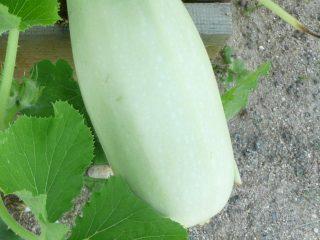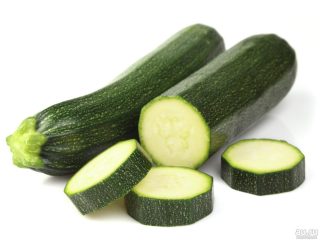Many gardeners prefer early varieties of zucchini for planting on their plots. Unlike their brothers, they will delight the gardener with a harvest in just one and a half to two months from the appearance of the first shoots. Sometimes early ripeness is the only advantage of a variety. But there are also varieties that, in addition to this quality, have a number of distinctive features. A striking representative of such varieties is the Negritenok zucchini.
Characteristics of the variety
As already noted, this is an early ripening variety of zucchini. It begins to bear fruit on average just 40 days after germination. The compact bushes of Negritenka have small, highly dissected green leaves with slight spotting. During flowering, predominantly female flowers will form on the bushes. Which, in turn, will have a positive effect on both the number of ovaries and the harvest. The fruits of this variety of zucchini have the shape of an elongated cylinder. They have an average thickness and weight up to 1 kg. Negritenok variety zucchini is smooth and black-green in color with small white specks. The skin of the fruit is of medium thickness, which makes it possible to increase their storage time. Behind it lies juicy and tasty green flesh. The dry matter in it will be up to 3.8%, and the sugar is only 2.4%. Due to the sufficient density of the pulp, this variety is universal in its purpose. You can prepare any dishes and preparations with it.
The Negritenok zucchini variety is ideal for open ground.It is undemanding to care and has good immunity to powdery mildew. A distinctive characteristic of this variety is its high yield. From one Negritenka bush you can collect up to 10 kg of zucchini.
Recommendations for cultivation
If crop rotation is organized in the garden, then it is better to plant zucchini after crops such as:
- potato;
- cabbage;
- onion;
- legumes.
If there is no crop rotation, then the optimal place for planting Negritenok variety zucchini will be sunny areas with neutral soil. If the soil on the site is acidic, then liming is required.
In addition, the future harvest of zucchini can be positively affected by the application of fertilizers to the soil.
You can fertilize the area for zucchini with both organic and mineral fertilizers. Experienced gardeners recommend using compost for these purposes.
Zucchini variety Negritenok can be grown in two ways:
- Through seedlings, which begin to be prepared in April. Seedlings are planted in the garden in May, after the end of spring frosts.
- Through planting with seeds, which is carried out in May. To ensure good germination, the seed sowing depth should not exceed 5 cm. Otherwise, they will not be able to break through the soil.
Despite the fact that the variety is specially designed for open ground, it is better to cover both seedlings and seeds when planting in open ground with film for the first time.This will allow the seedlings to take root better and the seeds to sprout faster.
Optimal growth of plants of this variety requires a distance of 60 cm between bushes.
Negritenok is an undemanding variety. But it will produce a truly rich harvest only with regular watering and loosening of the rows. If necessary, fertilizer can be applied.










